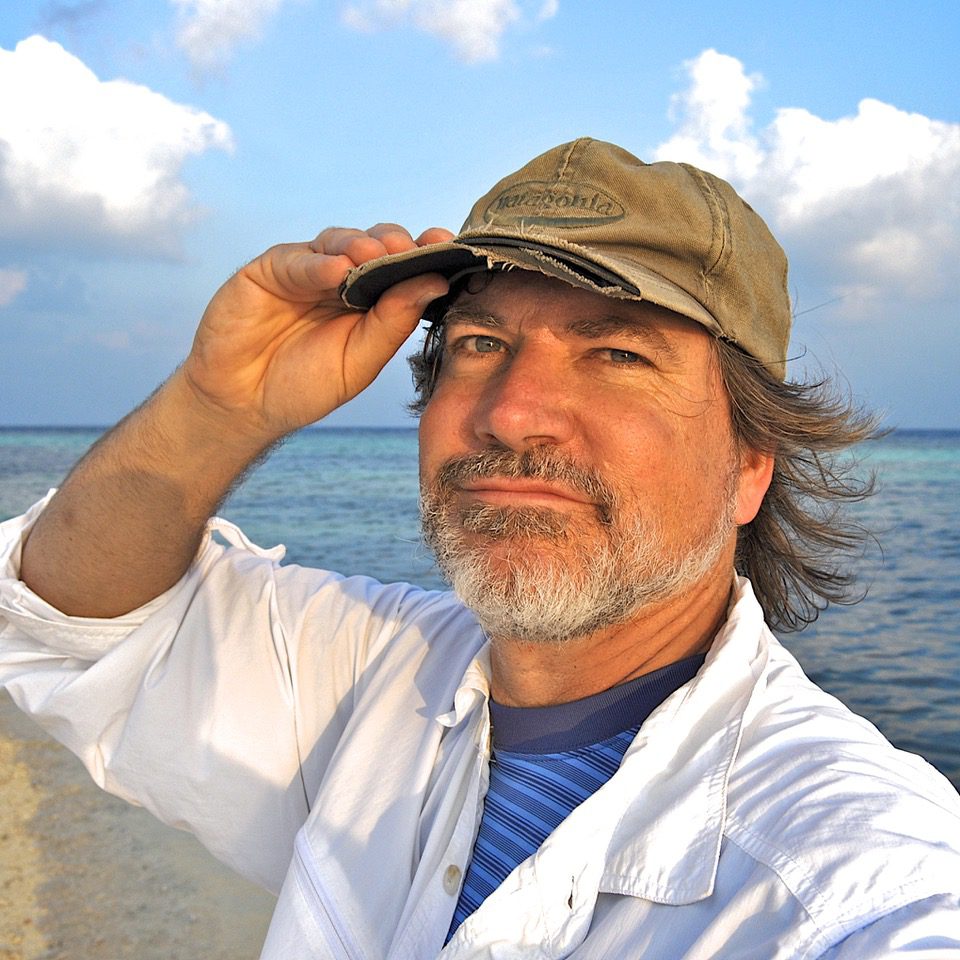By John Copeland
Do not worry about your difficulties in mathematics.
I can assure you that mine are still greater.
— Albert Einstein
March hosts a number of special days familiar to many of us: St. Patrick’s Day, Johnny Appleseed Day, the Spring Equinox and March 14, which is both the birthday of the father of modern physics, Albert Einstein, and also Pi Day, the mathematical constant that featured in some of Einstein’s equations.
Humanity has been contemplating pi for roughly 4,000 years. At some point, in the distant past, humans needed to figure out the ratio of a circle’s circumference to its diameter and they found pi. Pi was also found to be handy for calculating a circle’s area, and as time passed, as useful in trigonometry, physics, statistics, cosmology and fluid dynamics, to name just a few.
As far back as 1900 B.C.E., ancient Babylonians figured out that pi’s value was roughly 3. The Greek mathematician Archimedes figured out that pi was slightly bigger than 22/7. Today, it is commonly taught in schools as 3.14, though enthusiasts can take the number out to as many decimal places as they’d like. So far, computers have calculated 10 trillion digits. OK, maybe that is a little over the top.
Not long ago, on another March 14, I happened to be at the Massachusetts Institute of Technology’s Experimental Study Group. ESG is the oldest of the four freshman learning communities at MIT and nearly 50 years old. In its small group setting, freshmen students tackle their first year MIT core subjects of biology, chemistry, humanities, mathematics and physics as an alternative to the large lecture classes taken by their mainstream classmates. The facilities foster an open and relaxed environment for to learn and socialize. A lounge hosts a complete kitchen and food often plays a part in the learning process of ESG.
I was aware of Pi Day, going back to my days as the producer of the science fiction television series “Bablylon 5.” Outside of having pie served at lunch at our studio, I had never before been somewhere that really celebrated Pi Day. On this day, the students and many of the staff and faculty were wearing pi themed T-shirts or buttons. But, the very best part of their celebration of pi was to be found in ESG’s kitchen area, pies and several different kinds of them. Even Italian ones in the form of pizza pie.
Now, I firmly believe there are cake people and pie people. I am a pie person, cherry being my favorite and I can eat a lot of pie and even more pizza. So can 50 or so freshmen and shortly there were only empty pie tins spread across the kitchen counters. It was a wonderful celebration, and for me, resulted in true feeling of satisfaction and happiness consuming my share of pie and that brings me back to Albert Einstein.
While his scientific feats are legendary, there is so much more to know about Albert Einstein than just his work. In 1915, Albert Einstein published the theory of general relativity which has proven to be one of the best ways to understand the universe, black holes, time expansion, gravitational waves, and other discoveries.
Then seven years later, in October 1922, Einstein formulated another theory. This new theory wasn’t exactly related to physics, his intellectual wheelhouse, nor was it carefully detailed in a scholarly publication.
Einstein was in Tokyo on a lecture tour and had recently been informed by telegram that he would be receiving the Nobel Prize. When a bellboy arrived at Einstein’s door to deliver a message to him, Albert fished in his pocket for some change to tip him and came up empty.
Instead, Einstein offered a tip in the form of his theory on how to have a happy life, he quickly jotted down, in German, on a piece of stationery from the Imperial Hotel in Tokyo.
“A calm and modest life brings more happiness than the pursuit of success combined with constant restlessness.”
On a second sheet, he wrote “Where there’s a will, there’s a way.”
Einstein apologetically offered these notes to the messenger boy in lieu of a tip, and told him if he was lucky, the notes might become more valuable than a regular tip. His words, befitting a man who had transformed our comprehension of the universe, were prophetic.
Ninety-five years later, in October 2017, Einstein’s theory of happiness was sold for $1.56 million, making him one of the world’s most generous tippers. (The second note sold for $250,000, according to the auction house.) The seller was a grandson of the bellboy.
It’s interesting that Einstein wrote such as thing, as much of his life was dedicated to arduous, intellectually revolutionary pursuits. So how does Einstein’s “Theory of Happiness” stand up after all these years? Happiness is infinitely more relative than general relativity, so it’s difficult for science to offer a definitive answer. In one of the most in-depth scientific explorations of happiness and success published in 2005, researchers reviewed 225 studies and concluded that happiness more often leads to success rather than the other way around. So perhaps it was Einstein’s tranquil and reflective moments that endowed him the happiness to work so diligently and accomplish so much? For myself, enjoying a piece of cherry pie on March 14, will give me a dose of happiness.







